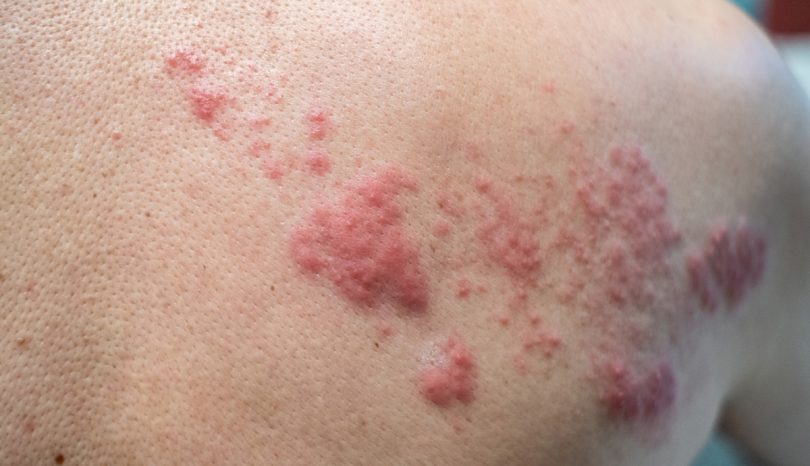- Find A Medical Provider
- Auto Injuries
- Common Injuries
- Medical/Pharmaceutical
- Types of Medical Injuries
- Malpractice Injuries
- Drug and Medical Device Injuries
- Drugs and Devices Linked to Cancer
- Opioid Addiction
- Drugs and Devices Known to Cause Injury
- 3M Combat Arms Earplugs – Hearing Loss
- Accutane
- Aciphex
- Actonel
- Actos
- Adderall and Ritalin
- Advair
- Aldara (Imiquimod)
- Alli
- Ambien
- Amiodarone
- Anzemet
- Aptivus
- Aranesp
- Arava
- Atorvastatin
- Avandia
- Benicar
- Birth Control Medication
- Blood Thinners
- Essure
- Fosamax (Alendronate Sodium)
- Gadolinium-Based MRI Contrast Agents
- Granuflo
- Hernia or Surgical Mesh Injuries
- Hydroxycut
- Inferior Vena Cava Filters
- Invokana Toe and Foot Amputations
- Ketek
- Levaquin
- Lipitor
- Mirapex
- Neurontin
- Onglyza
- Over-the-Counter Medications
- OxyContin
- Paxil
- Power Morcellators
- Pradaxa
- Propecia
- Reglan
- Talc Powder
- Trasylol
- Valsartan
- Viagra
- Xolair
- Zelnorm
- Zoloft
- Work Injuries
- Sports Injuries
- Marketing Services
- Blog
List your practice on InjuredCare | Log in / Sign up
Toxic Epidermal Necrolysis

Toxic Epidermal Necrolysis (TEN)
Serious and/or Life-Threatening Skin Reactions or Lesions
Also known as Lyell or Lyell's syndrome, toxic epidermal necrolysis (TEN) first appears as a fever, mimicking many of the symptoms of the flu. Within a few days, however, a person suffering from TEN will develop skin blisters and experience peeling and red eyes. Toxic epidermal necrolysis has all the symptoms of Stevens-Johnson syndrome (SJS), but typically involves more than 30% of the skin, whereas SJS is diagnosed when the lesions or rash cover less than 10% of the body surface. Toxic epidermal necrolysis is a serious medical condition, with mortality rates that can reach 50%.
As the condition develops, TEN can lead to dehydration, pneumonia, sepsis, and even organ failure. It occurs almost entirely in people over the age of 40. Treatment includes hospitalization, customarily in an intensive care or burn unit. With treatment, victims can have skin grow back in a couple of weeks or over a period of months.
Though the most common cause attributed to toxic epidermal necrolysis is the reaction to a pharmaceutical product, it can also stem from an infection. When the cause is drug-related, patients tend to have better results the sooner the drug is identified and withdrawn. In rare cases, the cause may be undetermined. The condition is more prevalent in women than in men. Individuals who have tested HIV-positive are considered to be about 1,000 times more likely to develop toxic epidermal necrolysis or Stevens-Johnson syndrome than the rest of the population.









